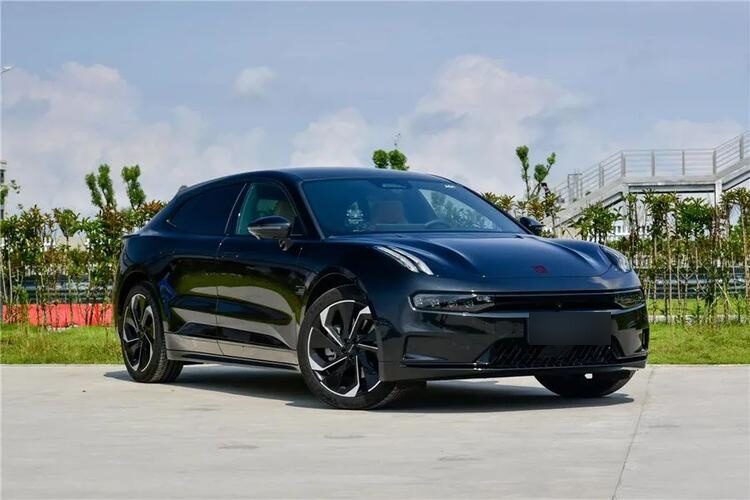Why is Geely Taking Zeekr Private? The ‘One Geely’ Strategy Explained

The news that Geely takes Zeekr private just 14 months after its IPO has sent shockwaves through the auto industry. What looks like a surprising U-turn from Wall Street is, in fact, a calculated strategic retreat for a much larger battle. This move is far more than a simple corporate transaction; it’s a powerful signal that the paradigm of the Chinese auto industry is shifting. On July 18th, Geely Auto signed a definitive merger agreement to secure full ownership of its premium EV brand, Zeekr, for approximately $2.4 billion. Let’s analyze why.
The Problem: A Glamorous Debut vs. A Harsh Reality
Zeekr’s beginning was spectacular. It garnered massive market excitement with its high-performance EVs based on Geely’s advanced SEA platform, and sales grew an impressive 87% in 2024.
But beneath the surface, the picture was grim.
- Massive Losses: From 2021 to 2024, Zeekr accumulated losses of 27 billion RMB (approx. $3.7B).
- Damaged Credibility: Under pressure from capital markets, the brand was embroiled in a “0km used car” scandal, an allegation of inflating sales figures that severely damaged its credibility.
It became clear that operating as a standalone entity had reached its limit.
The Bigger Picture: The Dawn of the “One Geely” Strategy
The decision where Geely takes Zeekr private is a crucial piece of a much larger puzzle: Geely Group’s pivot to a “One Geely” strategy. In September 2024, Geely officially announced a shift from “expansion to strategic focus,” stating the need to “consolidate scattered resources into one strong fist.” The prior integration of Lynk & Co was the first step; taking Zeekr private is the main event. This strategy prioritizes internal synergy and long-term health over short-term market valuation.
The Real Benefits of Going Private
Geely’s $2.4 billion investment is expected to yield significant returns through synergy.
- Massive Cost Savings: By eliminating duplicated efforts in R&D, manufacturing, and marketing, analysts estimate Geely could save around 6 billion RMB (approx. $825M) annually.
- Tech Synergy Maximization: Zeekr’s high-end technologies, like its V4 ultra-fast charging and advanced ADAS, can now be seamlessly integrated into Geely’s other, more mainstream brands, boosting the entire portfolio’s competitiveness.
- Accelerated Global Expansion: Instead of building its own overseas presence, Zeekr can now leverage Geely’s established global network, significantly reducing costs for its entry into markets like Europe, the US, and Korea.
But, We Need to Look at the Other Side of the Coin: The Risks
This strategic move is not without its challenges.
- Risk of Brand Dilution: There are concerns that Zeekr’s premium “tech luxury” positioning could be diluted by being associated with Geely’s mass-market image.
- Intensifying Market Competition: With aggressive competitors like BYD and Xiaomi, and Zeekr’s own sales figures lagging behind its 2025 target, it remains to be seen if these internal synergies can translate into real market success.
Conclusion: A Paradigm Shift for the Chinese Auto Industry
Zeekr’s U-turn from public to private symbolizes the end of the Chinese EV industry’s initial “growth phase”—characterized by rapid expansion and fundraising IPOs—and the beginning of a “mature phase” focused on efficiency and profitability.
If successful, Geely will have created a new blueprint for development: from expansion to consolidation. If it fails, it will serve as a cautionary tale about the risks of brand integration. The world will be watching closely as this bold experiment unfolds. Of course, the merger agreement is still subject to shareholder and regulatory approvals, which are expected to take several months to complete.
Ultimately, the success of this monumental decision will hinge on execution. Can Geely’s management effectively integrate Zeekr’s agile, tech-focused culture without stifling its innovative spirit? The answer will not only determine the future of Geely Group but could also set a new standard for how legacy automakers manage their premium EV portfolios in this fiercely competitive era.
My AI Jazz Project: